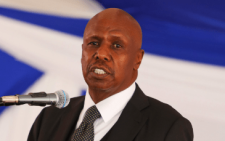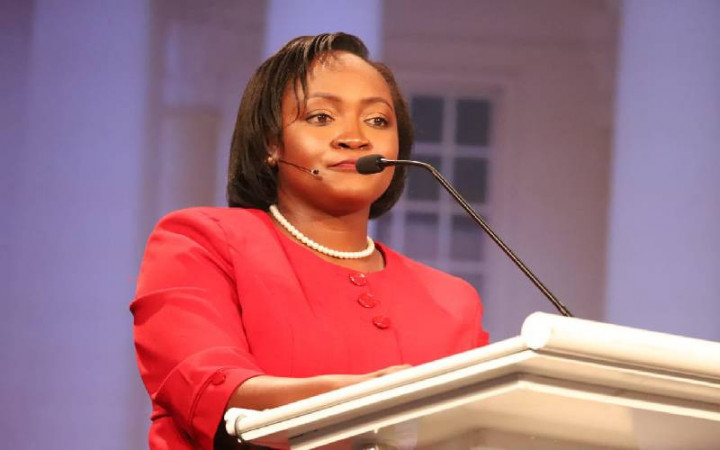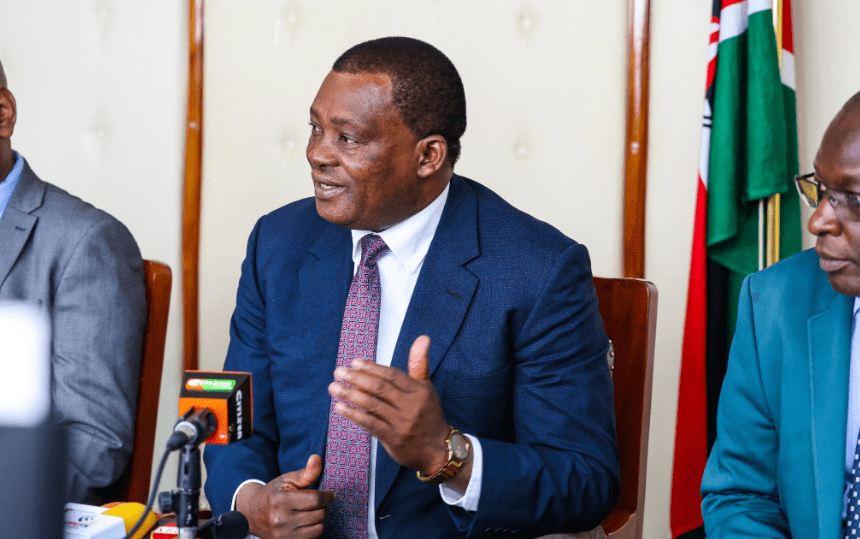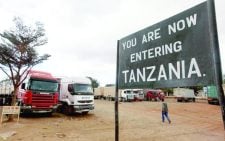Three or so decades ago, Congolese musicians ignited an enormous fire in Kenya’s nightclub scenes
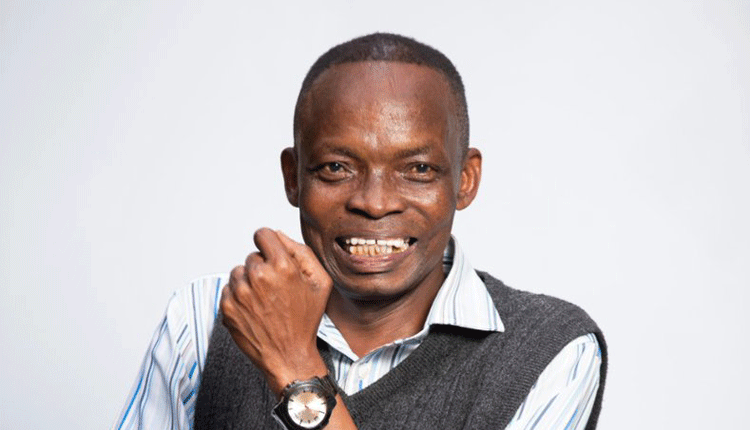
In the past decades, the Democratic Republic of Congo (DRC) has had a solid music base in the Kenyan capital, Nairobi, and other major urban areas.
Near gate-crashing audience turnouts at live concerts showcasing popular visiting artistes, is testimony and an indicator Congolese music still thrives as a preferred choice for cross-sections of average local revellers.
From around early 70s, lingala music had almost quietly crept into Kenya’s mainstream music scene.
And a decade later in mid-80s, the genre got firmly entrenched within Nairobi’s entertainment circuit.
Long Player (LP) and cassette releases by Franco, Mpongo Love, Tabu Ley, Madilu System, Pepe Kalle, Papa Wemba [all deceased], Mbilia Bel, Tshala Muana, Samba Mapangala, among others, were perennially on high demand.
Perhaps as proof of her intense love affair with Kenya, singer Mbilia Bel did compose a catchy, easy groove, memorable sing-along, almost 10-minute-long track Nakei Nairobi dedicated to the capital city.
This timeless 1984 song released on the Genidia Record label’s Congo Classics series, was an instant hit not only locally, but also globally.
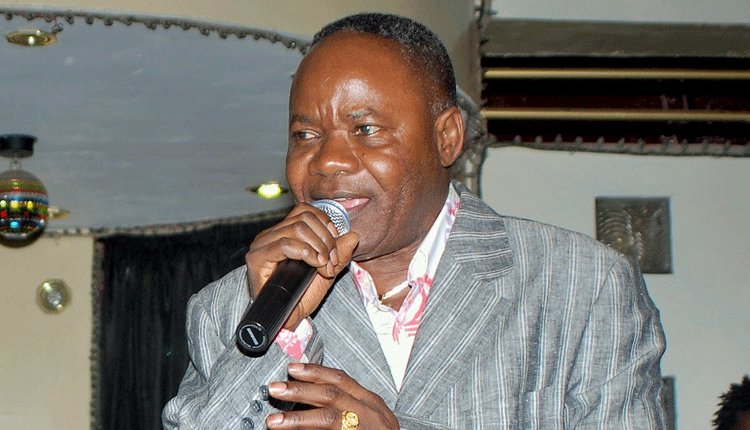
Equally popular was music by Bozi Boziana, Kanda Bongoman, General Defao, Wenge Musica BCBG, Koffi Olomide and Awilo Longomba.
A recent random visit to numerous nightspots in Nairobi, Kisumu and Mombasa, reflects an enduring affinity for Zairean music among local revellers.
On consecutive nights, cover version performances of songs originally composed by the likes of Extra Musica, Boziana, Zaiko Langa Langa, Wenge Musica, Koffi Olomide among others, top play lists in the clubs.
The legacy
Congolese genres enduring appeal is traced to a legacy dating back to between early 1980s and late 90s.
This period fuelled an unprecedented frenzy, which saw local live bands and even discotheques offer a regular menu of music originating from the DRC.
“Within months, this trend spawned a booming business defiant of attempts to stem its influence over the targeted working-class clientele,” says Newton Majale, a regular patron at now defunct Zanze Club, where Congolese music was a staple.
In addition, the ndombolo sub-genre entry locally in early 90s significantly entrenched rampant Congolese music ‘take-over’ of major towns and nondescript shopping centres across remote rural areas.
A decade or so earlier, an endless stream of Zairean musicians and bands opted to set up camp in local nightspots.
“They easily tapped into a receptive market, weaned on Congolese styles by then sole Voice of Kenya from mid 1970s and later KBC radio station – prior to the advent of FM channels in the late 90s,” recounts John Obongo Jr, veteran radio showbiz commentator.
The highlight of Congolese music’s dominance locally came to the fore after the late Pepe Kalle’s death in November 1998.
The DRC’s High Commission in Kenya sponsored a musical concert in honour of the musician.
A total of 19 bands including Bilenge Musica, Bana Lola, New Rumba Japan, Senza Musica, and Bikasi—majority based in Nairobi and Mombasa— stole the show, overshadowing performances by Kenyan bands Eden Musica, Katitu Boys Band, Bora Bora Sounds, Them Mushrooms and then budding rap act Kalamashaka.
Fizzling out
Incidentally, the club-goers demand for popular kwasa kwasa and ndombolo cover version songs was core reason for Bora Bora’s long-standing stint as the Tents Pub resident band, in Buru Buru.
But whereas lingala’s popularity soared and now still remains firmly ingrained, appeal for soukous and ndombolo, like a passing fad, fizzled out gradually.
“Soon after millennium’s dawn, the craze eased off in some city clubs, owing to over exposure of the fast-paced Congolese rhythms.
Most folks looked forward to the Paris-based stars’ performances, rather than occasional recycled cover versions churned out by outfits, which crept into out of-way pubs or clubs in city’s suburbs and its environs,” recounts Crispin Adwongo, a diehard fan of Congolose music.
Josphat Mutoka, a former entertainment manager at various nightclubs, concurs that the influence Congolese music had from early 90s consistently saturated the local scene.
“Initially, our regular clientele would enjoy and make requests for Zairean songs; but from around 2002, the tide begun ebbing away,” he observes.
Comprised of 15 members, Bilenge Musica was resident band at Nairobi’s upmarket Legacy Africa Restaurant, transforming the club into a revered ndombolo haunt.
A couple more alternate stints at different clubs later culminated in an offer to sign a five-month weekly performances contract in Dubai.
But after deal wound up, the band was enticed to return back to their adopted ‘roots’ in Nairobi, setting camp at Deep West club before ostensibly fading into oblivion.
Kenyan musician TT Solomon notes that after the turn of the millennium, the rise of vernacular one-man-guitarists significantly gobbled chunks of revellers who previously jammed nights away to Congolese music.
“The one-man mugithi ‘bands’ not only revolutionised an almost moribund live circuit, but also edged out a numerous Zairean bands, which for years extensively dominated Nairobi’s music scene,” he tells Spice in conclusion.
